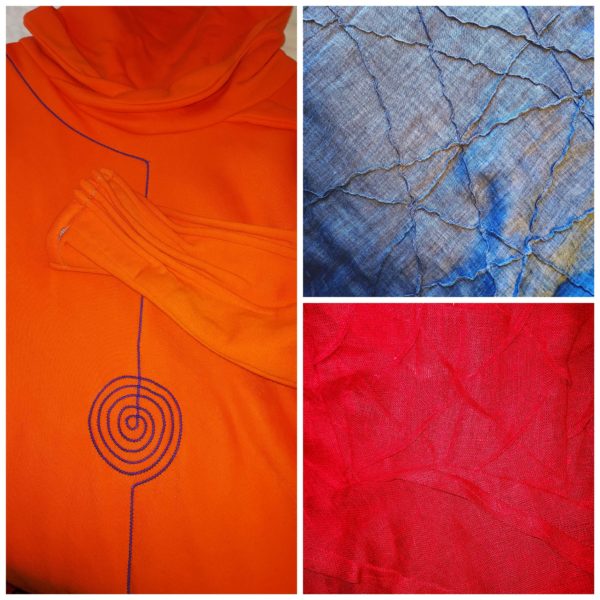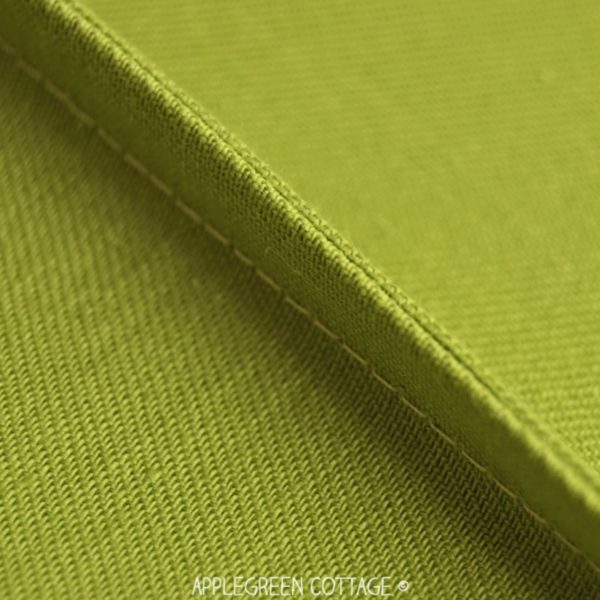Are you coming apart at the seams?
No, we don’t mean your personal or professional life (that’s for a different article!), but rather the literal situation many of us find ourselves in when we reach into the closet. How many times have you noticed something you’ve bought fairly recently that is coming unstitched, or having stray threads?
Surely when you buy clothing, you expect something that is good quality and will last, so you won’t have to spend money on the exact same item when the next season rolls around.
For signs of a quality garment, we like to check the 3 Fs: fabric, fit, and finishes. For quality fabric, look for high content of natural fibers. We explored this topic in our previous blog post where you can learn about our 4+1 favorite all-natural materials to incorporate into your wardrobe.
When it comes to fit, you’ll want to invest in a piece that suits you perfectly. If your garment is too tight in some areas, it will be uncomfortable to wear and very likely start tearing down at the seams. If the fit is off in other ways, causing you to feel less than confident, you will just end up discarding the piece and wasting resources.
We know how difficult it is to find the perfect fit, especially if you don’t have the typical body type most fashion brands cater for — looking at you, 70% of American women! You are not alone and this is our shameless plug to offer our solution to you. Our custom clothes are not only made on demand, based exactly on your measurements, and delivered by skilled artisans who invest time in each garment.
Our third F, finishes, includes construction, stitching, seams, and seam finishes. It is essential to ensure that the garment is made by quality standards, with the right methods. Clothes made with great care and professionalism will last a long time with proper care. Check the inside of the piece to make sure these standards are met before buying it.
Seams Are Integral
Let’s zoom in and focus on seam finishes; they are easily overlooked, yet they can be excellent indicators of a garment’s quality. Seam finishes give clothing items a clean finish, preventing them from fraying and unraveling. They can show the time and care invested in your chosen piece. Below we listed five common types rated from #1 strongest to #4 weakest, so next time you go out shopping you can be aware of these seam finishes!
#1. French Seams
French seams are made by stitching the two pieces of fabric together, then turning them inside out and stitching again. This method creates a clean, finished look on both sides of the seam. French seams can be time-consuming to sew, so if you see them, you know someone took their time to make this garment with care. It can be seen inside a garment or on the outside.
French seams are used when you want to completely hide any raw edges, and are useful for very sheer and delicate fabrics as well as items that need to hold up to stress and washing such as pillowcases. It’s rather hard to do a French seam on curves, so you’ll see it mostly on straight seams.
#2. Rolled Seams
Rolled seams are made by folding the two pieces of fabric together and stitching along the edge, creating a small, neat-looking hem. Though not as strong as the French seam, they work great with delicate fabrics. You’ll often see a rolled seam on the end of silk scarves, for example. In garments, you might find it at a neckline or along the edge of a silky or sheer top. It’s quite fiddly work to make the final “roll” which is often smaller than 1/4 inch!
#3. Overcast / Whipstitch
Overcast is a type of stitch that sews over the edge of the fabric to prevent it from unraveling. There is usually a primary tight seam joining the fabric panels, and the ends are reinforced together with a topstitch. It’s a quick and easy seam finish but not as strong as our first two options. You’ll see this quite commonly used, it’s one of the more standard methods of finishing a seam in all types of garments.
Most sewing machines have a program available to do overcast stitching, and it can be used with even heavy fabrics such as coat material.
4. Zigzag
Zigzag is a type of stitch that sews over the edge of the fabric in a zigzag pattern. It’s a quick and easy way to finish a seam. If you see a zigzag stitch, make sure that the edge is at least folded flat and ironed properly. Though acceptable for T-shirts and lightweight garments, the zigzag stitch is not good for load-bearing seams.
One of the disadvantages of the zigzag stitch is that the seams may lose their flatness after washing, and thus affect the lay of the garment.
5. Pinking
Pinking the seams is the easiest and, understandably, the lowest quality of all finishes. This method uses pinking shears to finish off the edges, creating a zig-zag or wavy trim on the raw edges instead of reinforcing them with thread and stitching. This method will ultimately not prevent fraying and will only minimize or delay it.
If you see it on a garment: run!
BONUS: Visible Seams
Seams can also add artistic value when they are purposely used for visible stitching or decoration. On many luxury items such as suiting, it’s a mark of quality to showcase perfectly neat and orderly hand- or machine-stitching on the inside or outside of the garment. You can see this in the coats made by Sumissura, who use this method on the seam between the lining and the outer fabric. And some designers such as our own Aiste use visible stitching as part of their overall trademark.

Remember, when it comes to quality clothing, pay attention to the details. Many things go into making a garment long-lasting, and a lot of brands cannot uphold these standards. Your best bet is to opt for quality clothes that you know were made with care, professionalism, and the best materials available. If you’re looking for quality, custom-made clothing that won’t break the bank, feel free to roam around our website and explore the fantastic designers we work with!





